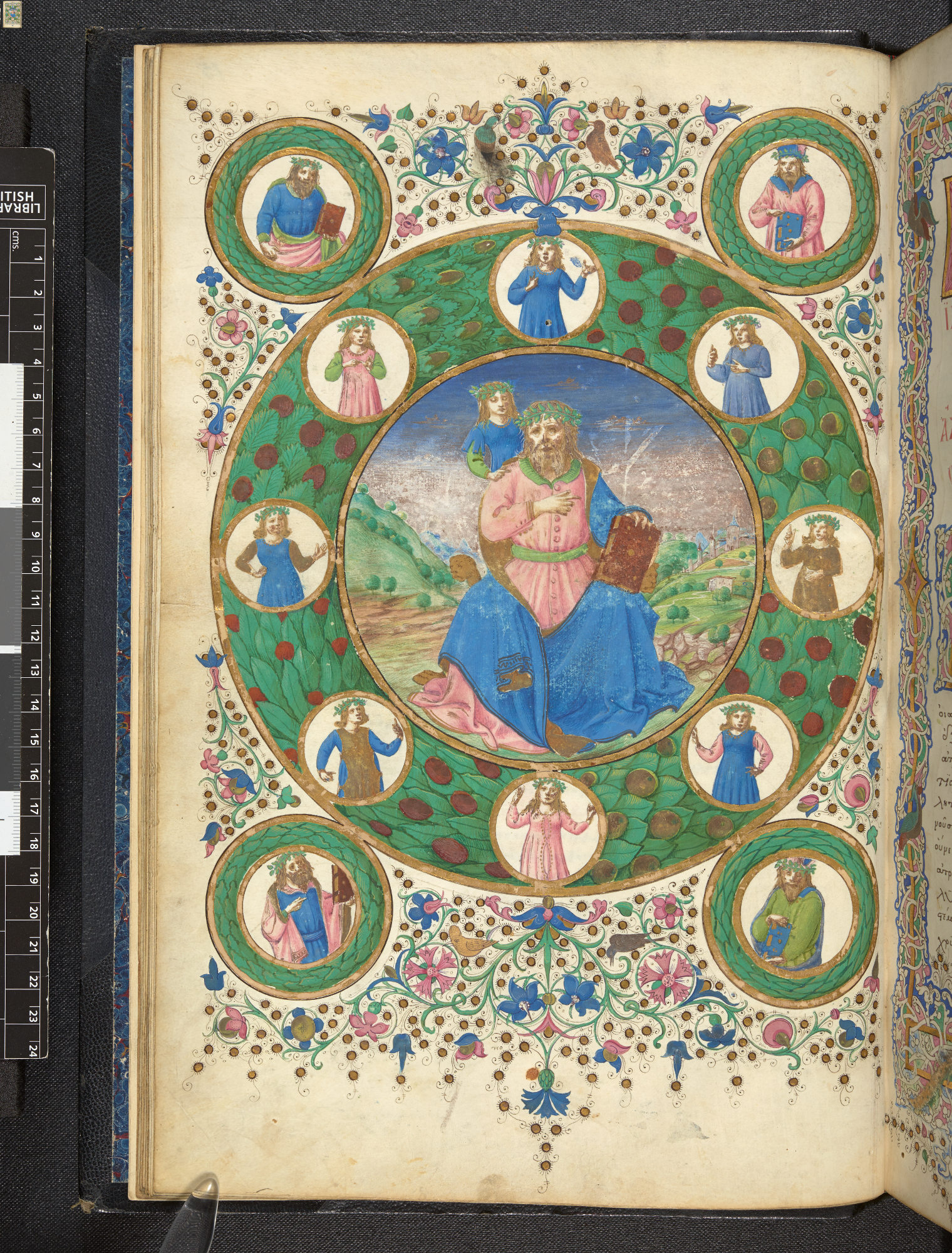

The sculpture was so beautiful and lifelike that Pygmalion fell madly in love with it. According to the tale, Pygmalion sculpted a nude woman out of ivory with such skill that the statue seemed to be alive - ‘neither Helen nor Lavinia, however well-formed, were of such perfect complexion or development, nor did they have a tenth the beauty’. The Romance of the Rose later digresses onto the story of another ancient Greek artist and proponent of the nude, Pygmalion. Pygmalion and the statue, The Romance of the Rose: Harley MS 4425, f. Unfinished paintings are scattered around the room, suggesting unsuccessful attempts discarded by the frustrated artist. In line with this interpretation, the picture shows Zeuxis diligently painting at an easel with the five nude models grouped before him. This uniquely medieval twist transforms Zeuxis’ project to represent the ideal nude into a demonstration of the inadequacy of human artistry compared with the perfection of divine creation. Rather, perfect beauty can only be created by God.

Here the tale illustrates the narrator’s point that no one can truly represent the beauty of nature - ‘even Zeuxis could not achieve such a form with his beautiful painting’.

In The Romance of the Rose, the story has a very different interpretation. The story was important for the history of art because of its message that art is about more than simply imitating nature - artists had to use their skill and judgement to discover ideal beauty. Zeuxis could find no one beautiful enough to match his vision of Helen, so he selected five women to be his models and combined what he considered to be the best features of each. The story goes that Zeuxis was commissioned to paint a nude picture of Helen of Troy, the legendary most beautiful woman in the world. The story includes digressions into Classical mythology, such as the story of the ancient Greek artist Zeuxis, depicted here in a manuscript made in Paris in the 1490s. Some of the most influential stories for the tradition of the nude are retold in the 13th-century best-seller, The Romance of the Rose, an allegorical poem about the protagonist’s quest to win the love of the ‘Rose’. Zeuxis and the nude models, The Romance of the Rose: Harley MS 4425, f. A look at these nudes from medieval art proves that none of these were true. In recent decades, the tradition has been heavily criticised, especially by feminist thinkers and activists.īut what do medieval manuscripts have to tell us about the tradition of the nude? The Middle Ages are sometimes portrayed as a period when Classical art was forgotten, when prudishness dominated, and when sexism went unchecked. Nude artworks follow a visual formula where the naked body is displayed for the aesthetic or often sexual admiration of an imagined viewer. We hope that many of our readers will be able to see these manuscripts in person, in the USA or in the UK.įar more than a person with no clothes on, the nude is a tradition of European art originating in Classical Antiquity. The exhibition will then move to the Royal Academy, London (3 March to 2 June 2019). Priced in pencil.Two of the British Library's most famous illuminated manuscripts - The Romance of the Rose ( Harley MS 4425) and Christine de Pizan's 'The Book of the Queen' ( Harley MS 4431) - will be on display at the exhibition The Renaissance Nude, at the Getty Center, Los Angeles (30 October 2018 to 27 January 2019). McKay, American book auction catalogues 1713-1934, no. Nonetheless, the total was less than expected, and the sale generally reckoned to be a disappointment. Among printed books were the 1476 Boccaccio ($45,000 now Boston Museum of Fine Arts, 32.458), two perfect Caxtons in one volume ($7000), and valuable Americana. Collins to the Philadelphia Museum of Art, ). Augustine’s “De civitate dei” of about 1410, sold for $31,500 (bought by Cortlandt Bishop returned to the market in his sale, 1938, when acquired by Philip S. Other extraordinary, early manuscripts were the Tickhill Psalter of about 1310, sold for $61,000 (now New York Public Library, Spencer Collection, Ms. Scheide as underbidder) to the agent of Cortlandt Bishop (1870-1935), it returned to the market in the Bishop sale (Anderson Galleries, 5 April 1938, lot 285), and this time was acquired for Scheide (now Princeton University, Scheide Library, M71). The gem of the collection was the Anglo-Saxon manuscript known as the Blickling Homilies (lot 2) sold for $55,000 (with John H.


 0 kommentar(er)
0 kommentar(er)
